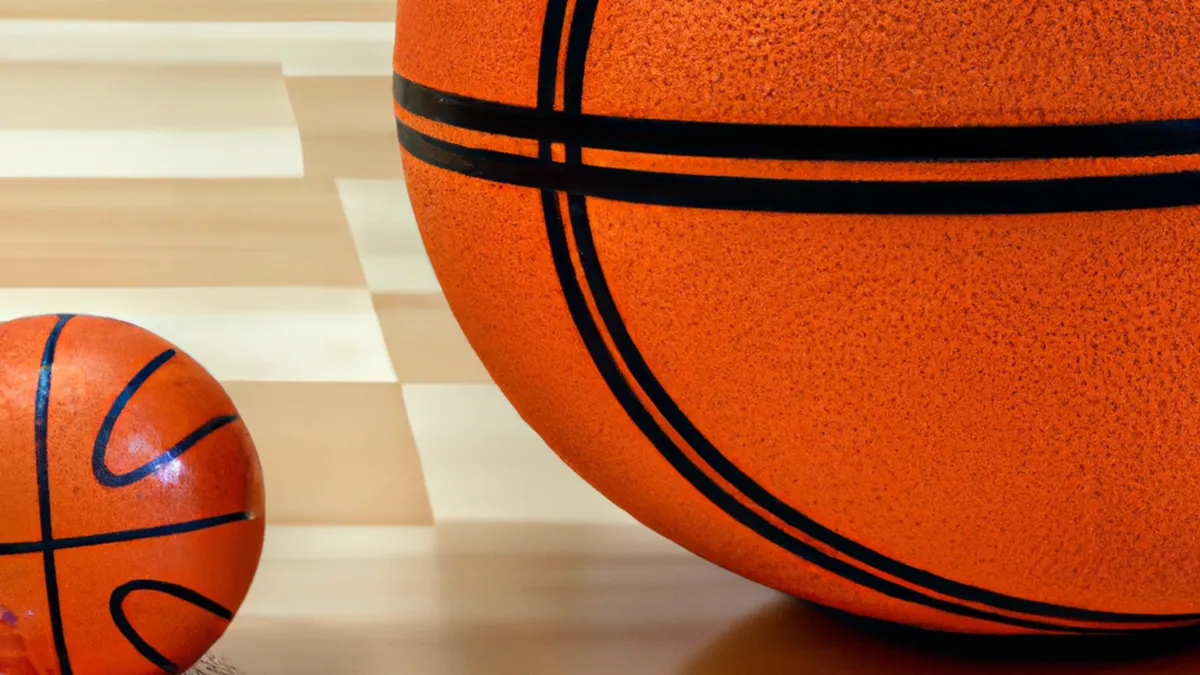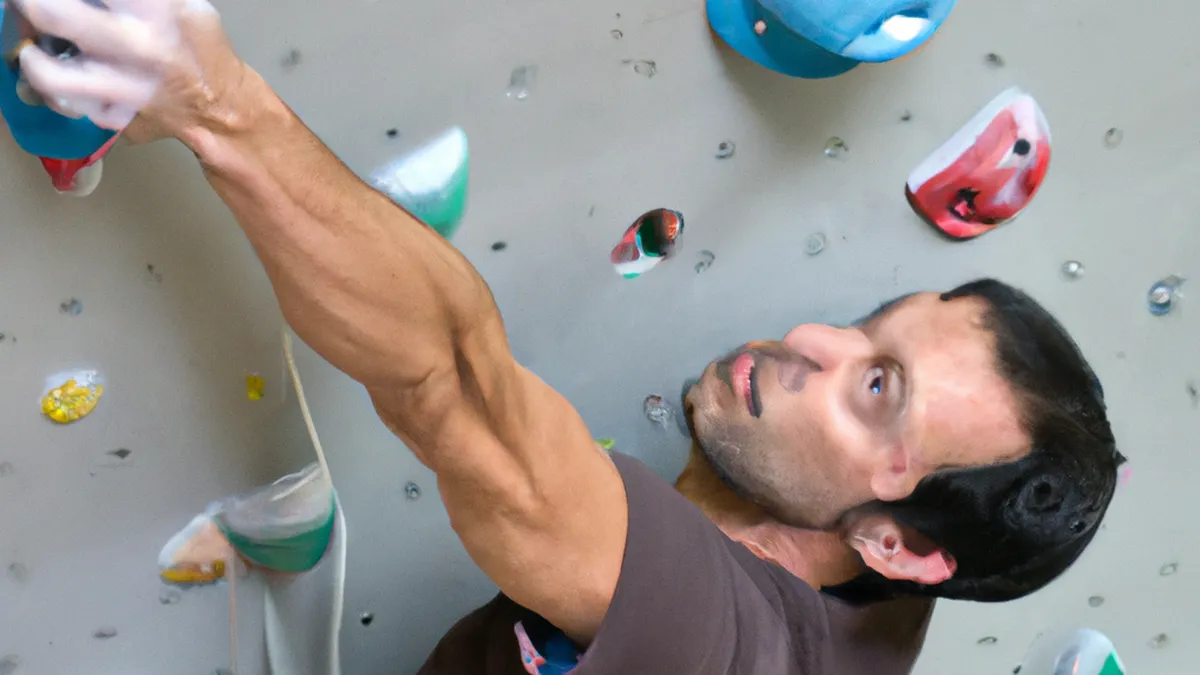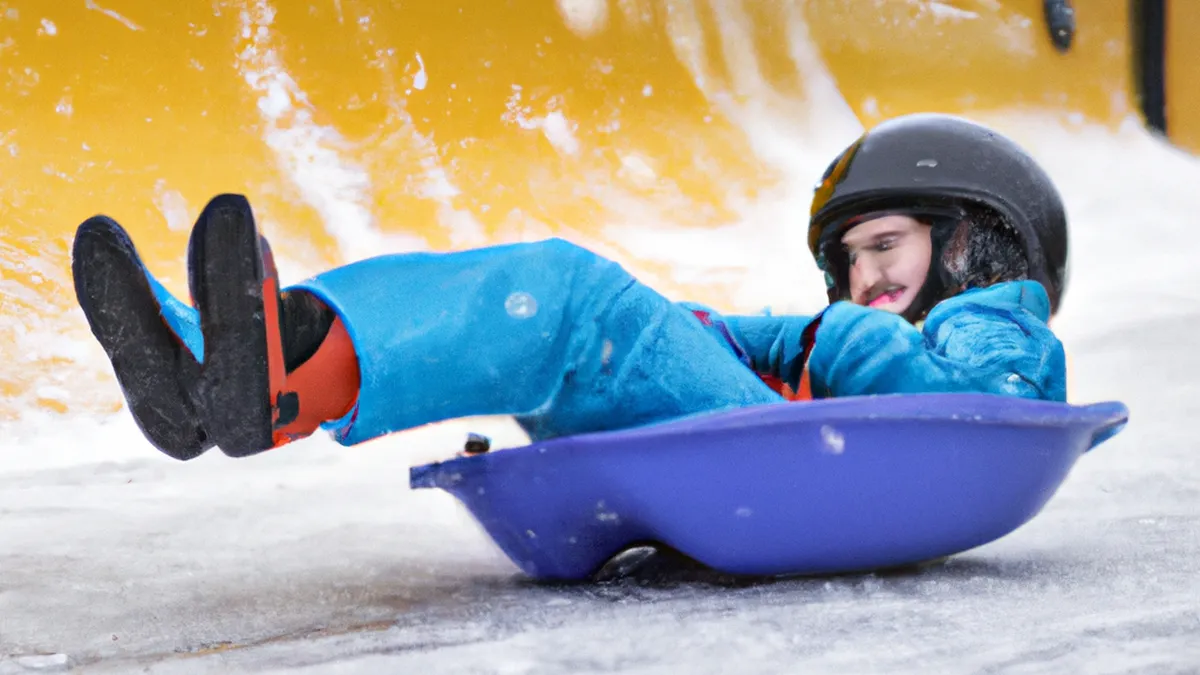Improve Coordination with Strength Drills
The Benefits of Incorporating Strength Training Specific to Ball-Handling
Many athletes overlook strength training in skill-focused sports like basketball or soccer. They often believe that practicing technique alone improves performance. However, exceptional ball-handling skills require strength, stability, and coordination. Athletes can enhance their performance by incorporating strength training specific to ball-handling.
Why Strength Training Matters for Ball-Handling
Athletes often underestimate the link between strength and skill. Strength training builds the muscles that stabilize movements. Handling a ball demands power and control in addition to finesse. Strength training enhances athleticism and allows athletes to perform complex movements efficiently.
Moreover, strength training helps prevent injuries. Strong muscles and connective tissues lower the risk of strains and sprains. This foundation allows athletes to concentrate on skills without injury concerns. A solid strength training program prepares the body for sports demands and aids in recovery.
Tips for Effective Strength Training
Focus on Core Strength
A strong core is vital for ball-handling. The core provides stability and balance for smooth, controlled movements. Core muscles maintain posture and balance during dribbling or maneuvering. Include exercises like planks, Russian twists, and medicine ball throws in your routine.
For instance, medicine ball slams activate your core while simulating explosive ball-handling movements. This training prepares your body for dynamic sports demands.
Target Specific Muscle Groups
Identify the muscle groups involved in ball-handling and target them. Focus on arms, shoulders, and legs for dribbling, passing, and shooting. Exercises like shoulder presses and squats build necessary strength and improve functional movement.
Resistance bands add challenge and enhance muscle activation. Use them for various exercises like lateral band walks or banded squats to improve lower body strength and stability.
Use Functional Movements
Functional training mimics real-life movements and benefits athletes improving ball-handling skills. Exercises like lunges with a twist or single-leg deadlifts effectively target key muscle groups.
Conclusion
Incorporating strength training enhances ball-handling skills, prevents injuries, and improves overall athletic performance.
Below are related products based on this post:
FAQ
Why is strength training important for ball-handling performance?
Strength training is crucial for ball-handling performance because it builds the muscles that stabilize movements, enhancing power and control. This foundation allows athletes to perform complex movements efficiently while reducing the risk of injuries, enabling them to focus on skill development without concerns of strains or sprains.
What specific muscle groups should athletes focus on for improving ball-handling skills?
Athletes should target key muscle groups involved in ball-handling, particularly the arms, shoulders, and legs. Exercises such as shoulder presses and squats can help build the necessary strength, while resistance bands can enhance muscle activation and stability during these workouts.
What types of exercises are recommended for effective strength training related to ball-handling?
Effective strength training for ball-handling includes exercises that focus on core strength, such as planks and medicine ball throws, as well as functional movements like lunges with a twist and single-leg deadlifts. These exercises mimic real-life movements and target the muscles necessary for improved ball-handling skills.















Post Comment